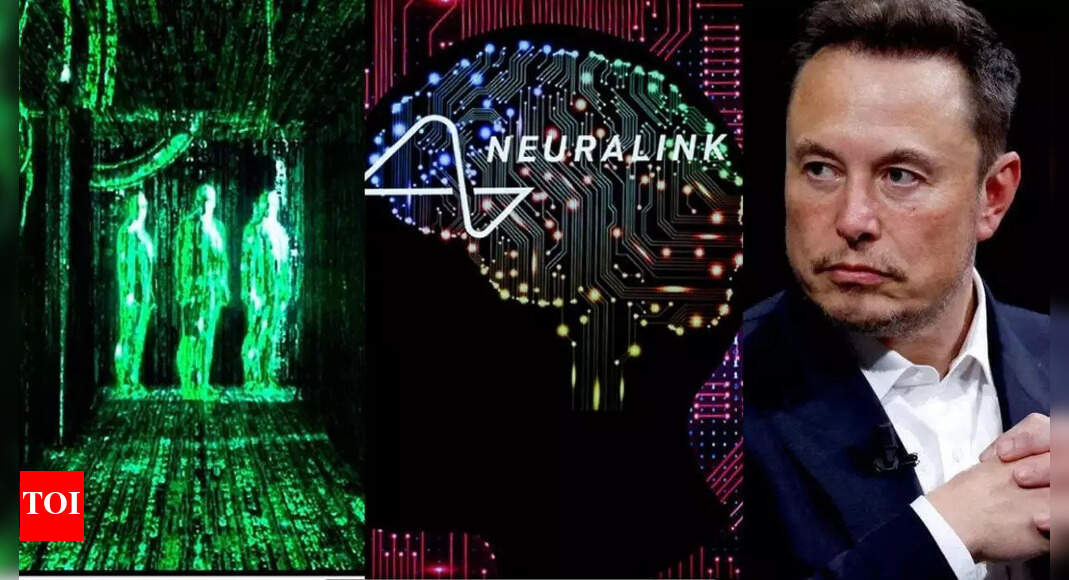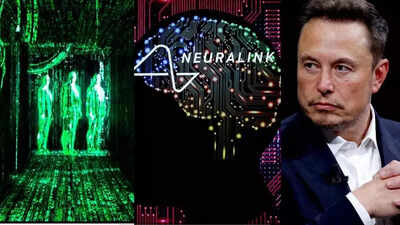Elon Musk’s ambitious neurotechnology company, Neuralink, has successfully implanted its brain-computer interface (BCI) chip into a ninth human participant. This marks a major step forward in the mission to connect the human brain directly with digital devices. The announcement, made via Musk’s social media platform X, comes just months after the company’s first human trial in January 2024. This was also the first time Neuralink performed two surgeries in a single day, showcasing improved efficiency and a growing readiness for broader clinical application.The implanted chip functions by interpreting brain signals and transmitting them to external devices. It allows users to control technology such as computers or smartphones using only their thoughts. While the initial focus is on helping paralysed individuals regain digital independence, the broader vision is far more ambitious. Musk has long hinted that Neuralink could one day bridge the gap between humans and artificial intelligence, potentially unlocking cognitive abilities that mirror science fiction fantasies, including the immersive mind-machine fusion seen in The Matrix.
What is Elon Musk’s brainchild Neuralink and how does it work
Neuralink’s core innovation is a tiny brain implant designed to read and transmit neural signals in real-time. The device is embedded into the skull, where ultrafine threads connect to regions of the brain responsible for movement and intent. A wireless system sends those signals to a computer, enabling the user to operate digital systems using thought alone. The ultimate goal is to create a seamless connection between brain and machine, where communication becomes faster and more intuitive than typing or speaking.
Who are the patients and what are the trials showing
Since receiving FDA approval in 2023, Neuralink has begun recruiting patients with severe physical disabilities such as those caused by spinal cord injuries or neurodegenerative diseases like ALS. The first patient, implanted in early 2024, was able to play chess and video games using only his thoughts. With the eighth and ninth implants now completed in a single weekend, the company reports that all participants are recovering well and demonstrating promising early results.
A real-life “Matrix”? Musk’s vision of a human-AI merger
Musk has often stated that Neuralink could help humanity keep pace with the rapid advancement of artificial intelligence. As AI becomes smarter and more autonomous, he believes humans may fall behind unless they integrate with it. This concept echoes the plot of The Matrix, where humans interact with digital environments through neural connections. While Neuralink’s current focus is medical, future developments could enable immersive digital experiences, enhanced memory, and even brain-to-brain communication. In Musk’s imagined future, you might one day download a new language like an app or share your thoughts as easily as sending a text. For now, it’s early days—but the sci-fi future is already knocking.
Ethical concerns and scientific scepticism
Despite the excitement, Neuralink faces scrutiny from both scientists and ethics advocates. Questions persist about long-term safety, potential brain tissue damage, and whether cognitive enhancements should be commercially available. Critics warn that turning the brain into an interface could raise serious privacy concerns and create mental health or social inequality risks. Musk maintains that the company is committed to careful, ethical advancement in all aspects of its research and deployment.
What lies ahead for Neuralink?
Neuralink plans to expand its trials to 20 to 30 participants by the end of 2025, aiming for further regulatory approvals in the United States and other countries. Beyond its clinical applications, the company is exploring possibilities such as helping stroke victims speak again, restoring vision to the blind, and even enabling people to share or transfer memories and skills. While these ideas are still far from reality, each successful implant pushes the boundary of what brain-computer interfaces might achieve. The dream of a real-world Matrix may not be too distant.

